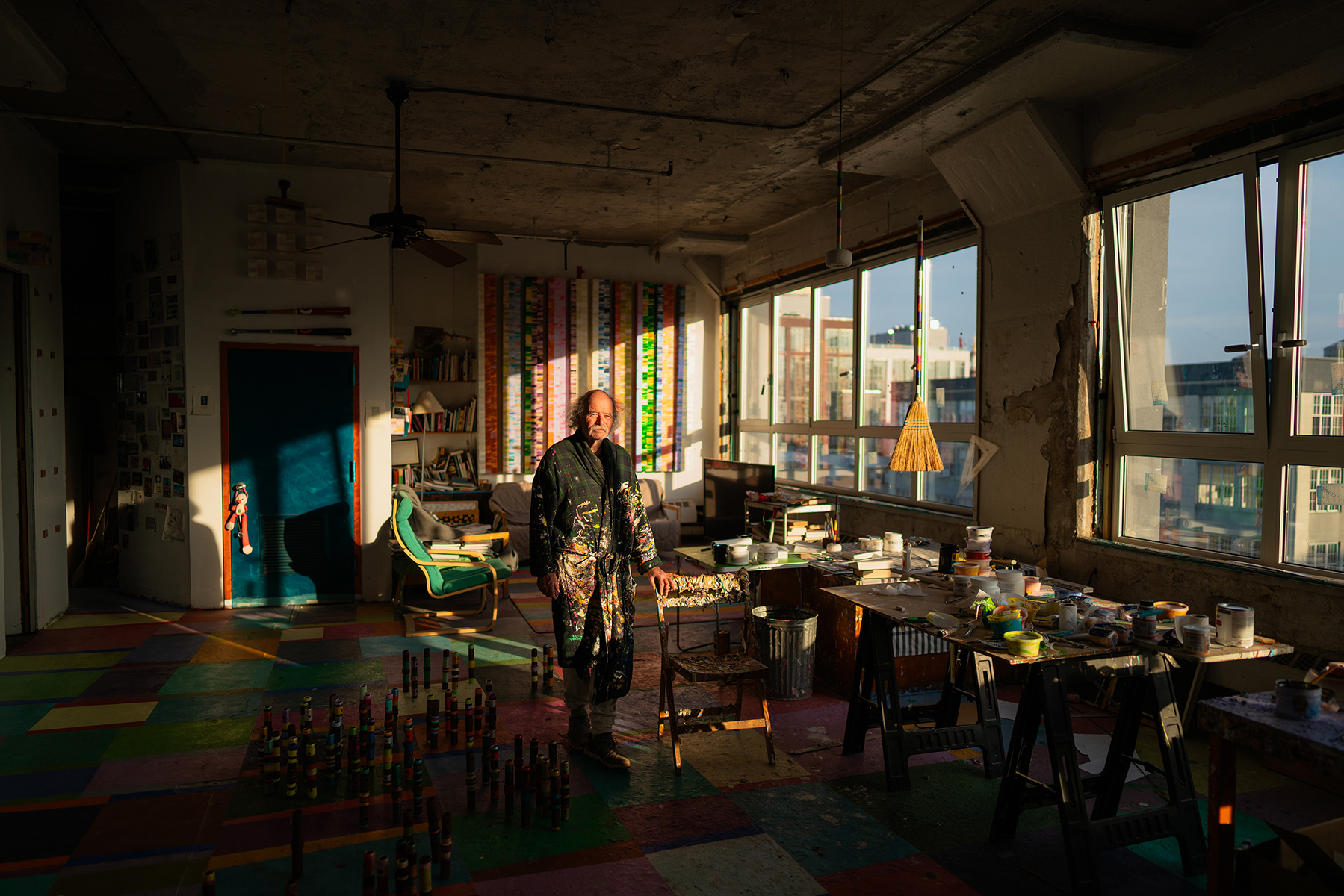
Steve Silver, Williamsburg.
The Last Artists’ Lofts of New York City
Photographer Joshua Charow document the creatives who have watched New York change around them in Loft Law.
The New York City loft has become a romantic ideal of city living—trendy new-builds seek to emulate their charm with exposed-brick walls, black-steel-framed windows, and open floor plans. But it wasn’t long ago that the New York artist loft was a gritty and unglamorous accommodation that sacrificed comfort for creative freedom and low rent.
Documentary filmmaker and photographer Joshua Charow records the faces and the stories within the walls of New York’s forgotten original lofts in his new book, Loft Law: The Last of New York City’s Original Artist Lofts, Charow’s first, released by Damiani Books last spring.
As a teenager, Charow would commute from his home in the New Jersey suburbs to New York to photograph his adventures in “urban exploring,” a subculture that explores manmade structures, including by illegally climbing skyscrapers, subway stations, and bridges. It was during a visit to an old factory in South Williamsburg that he learned of Loft Law from one of the building’s tenants.
When industrial manufacturing left Manhattan in the 1960s, it vacated a slew of derelict buildings in undesirable neighbourhoods. They were not zoned for residential use, and most were little more than an empty expanse, with no kitchen, plumbing, or heat. Still, drawn by the low rent, high ceilings, big windows, and relative abundance of space, many artists took up residence, illegally so until the Loft Law in 1982 offered them protection and rent stabilization.
After finding a map of the last buildings covered by Loft Law, Charow spent the two years knocking on doors across the city, from Tribeca and SoHo to Greenpoint, the Bowery to Dumbo, to meet the remaining residents—he has now interviewed and photographed over 50 of them in their spaces.
Of the thousands of creatives who were covered by the 1982 Loft Law, only a few hundred remain. In the pages of Loft Law, Charow documenting the stories of the photographers, painters, musicians, sculptors, and filmmakers who have weathered life amid a changing New York. They now live in some of the city’s most expensive areas, so Charow’s images ask: What is the true measure of a neighbourhood’s worth?
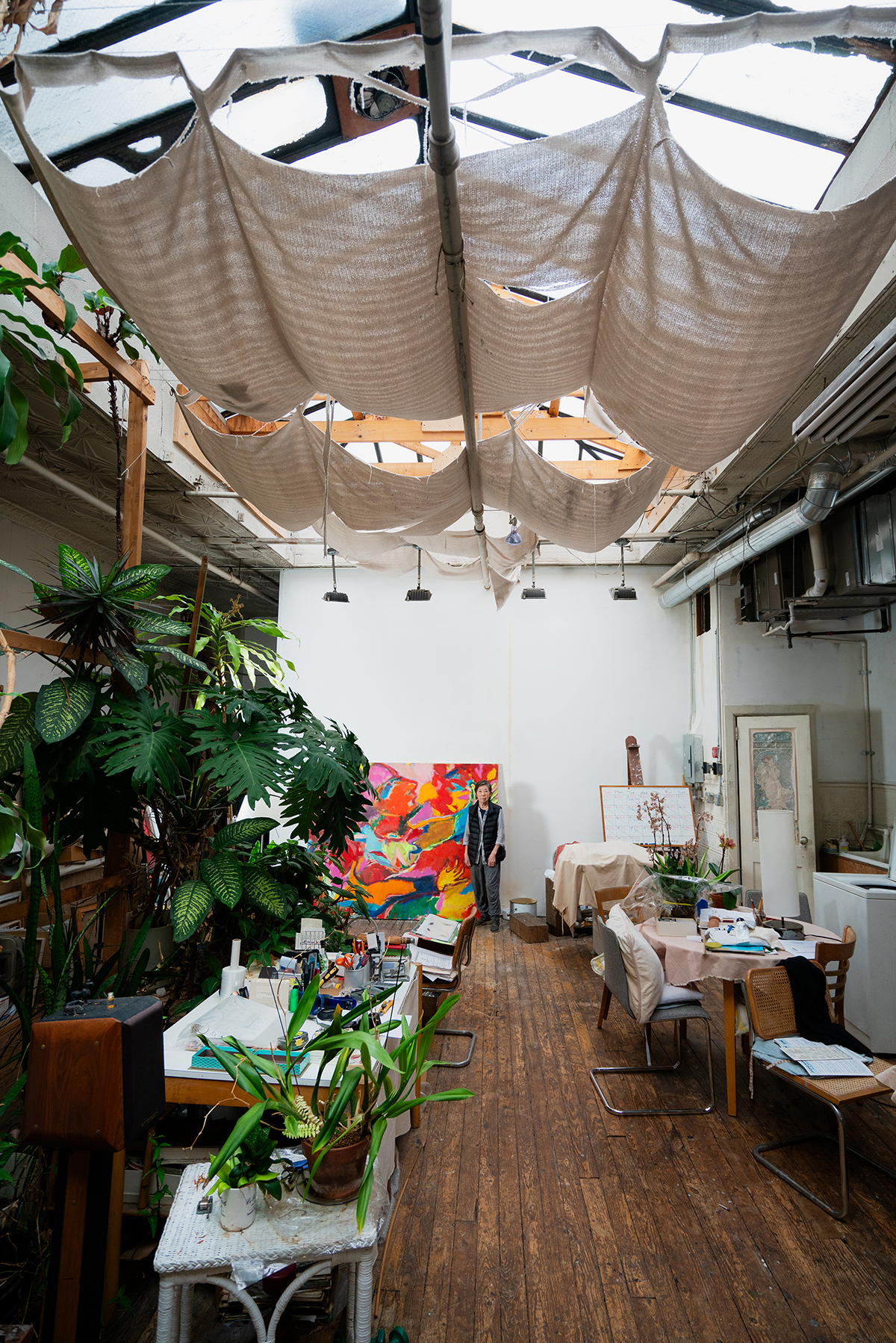
Kimiko Fujimura, Chinatown.
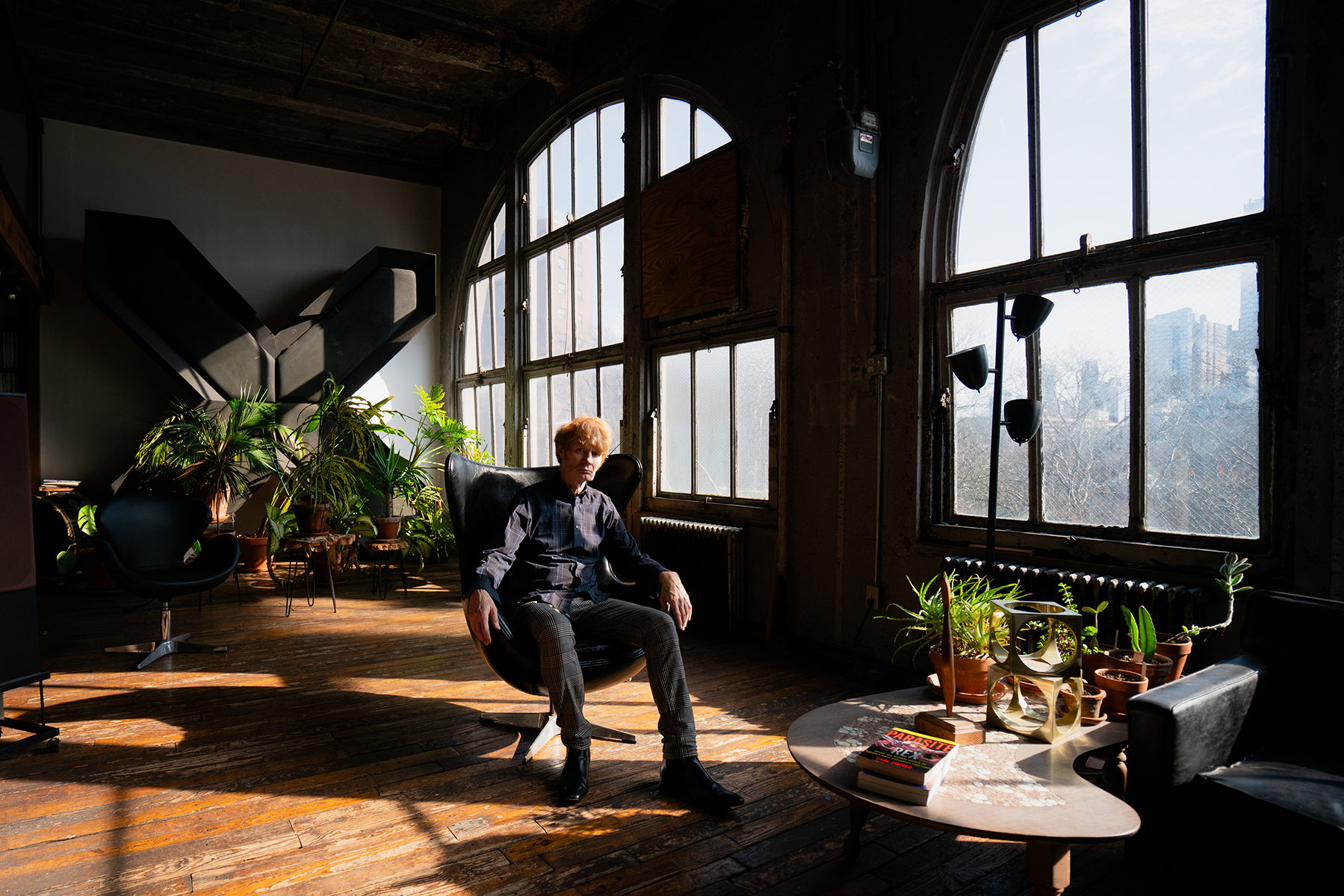
JG Thirlwell, Dumbo.
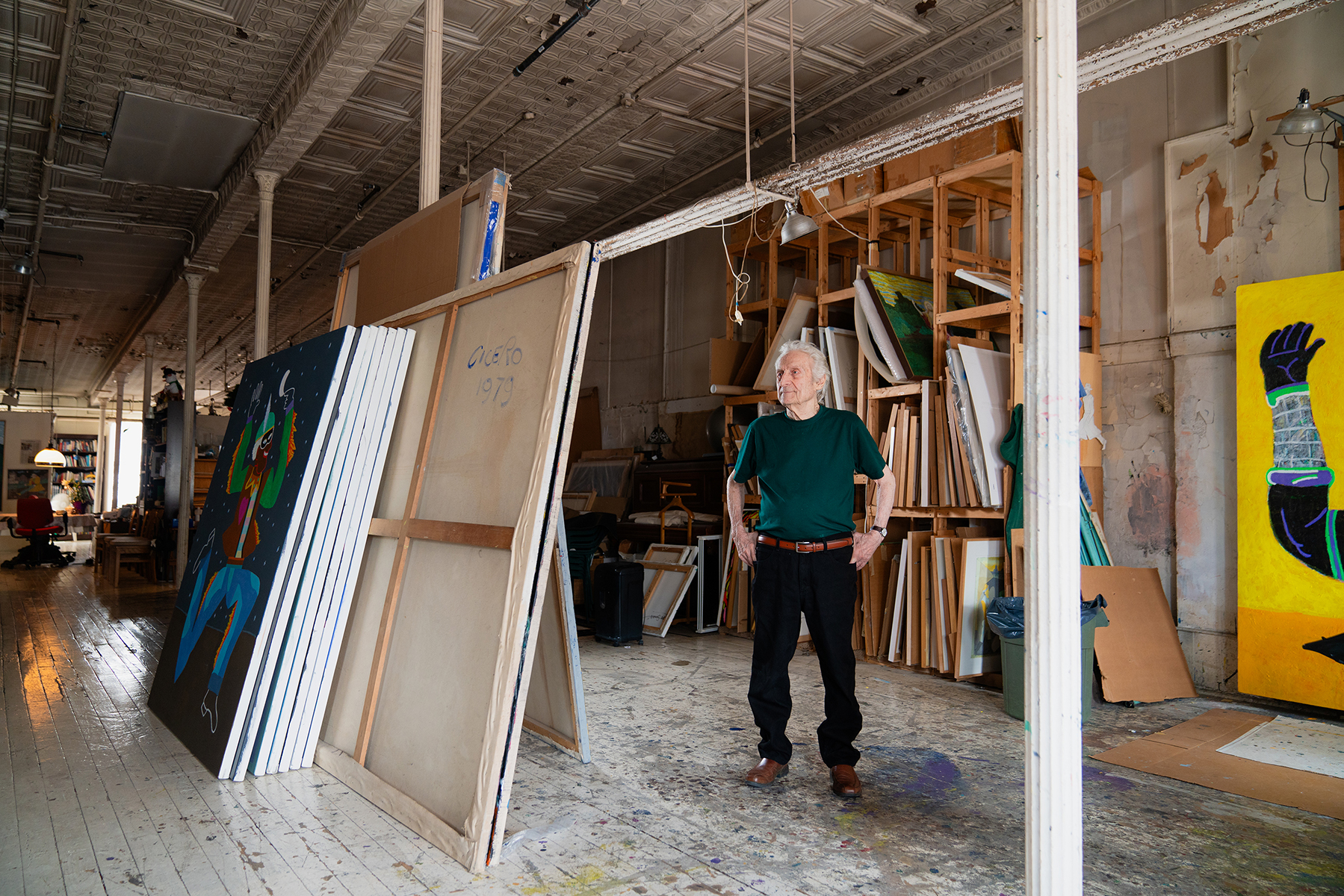
Carmen Cicero, The Bowery.
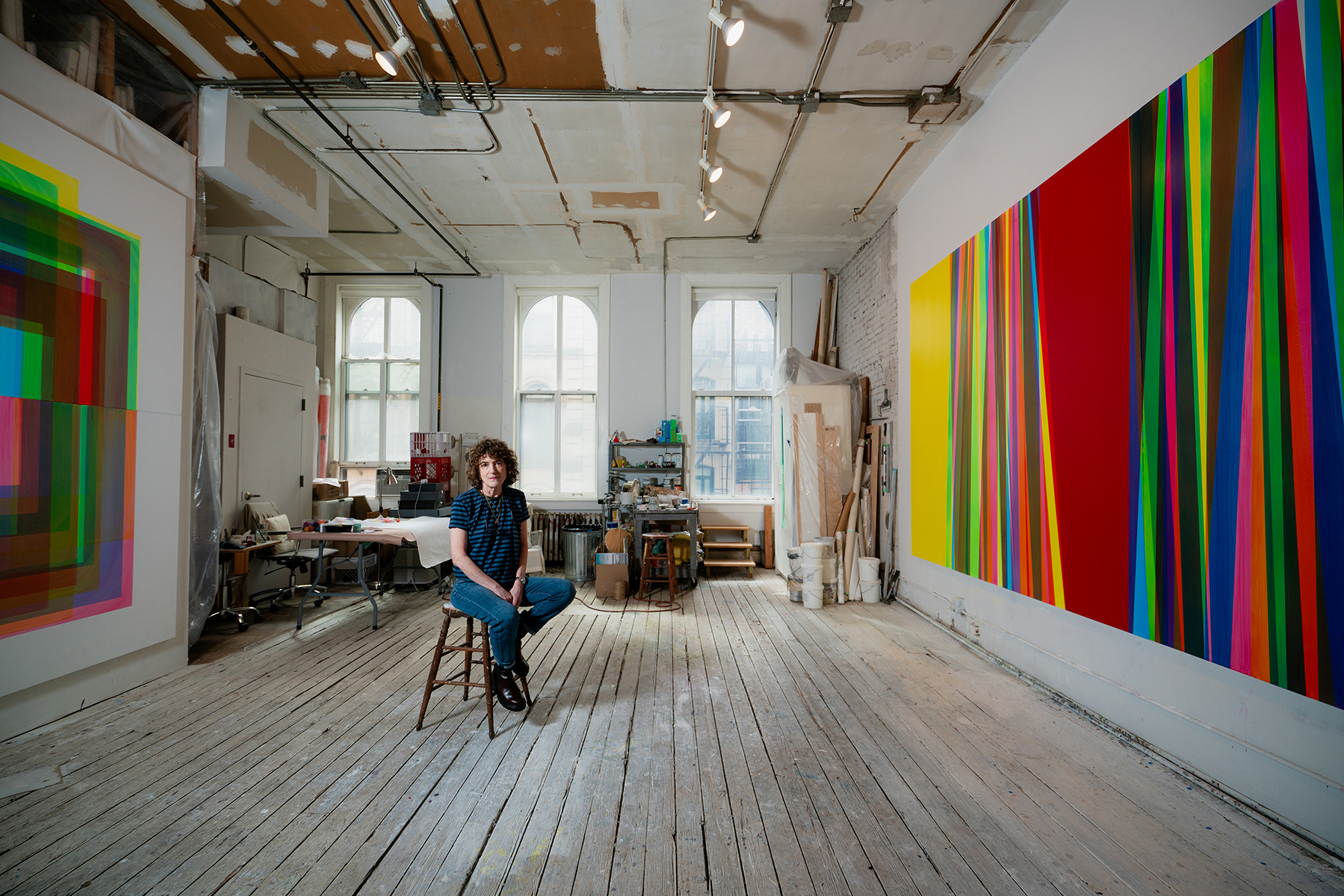
Betsy Kaufman, Tribeca.
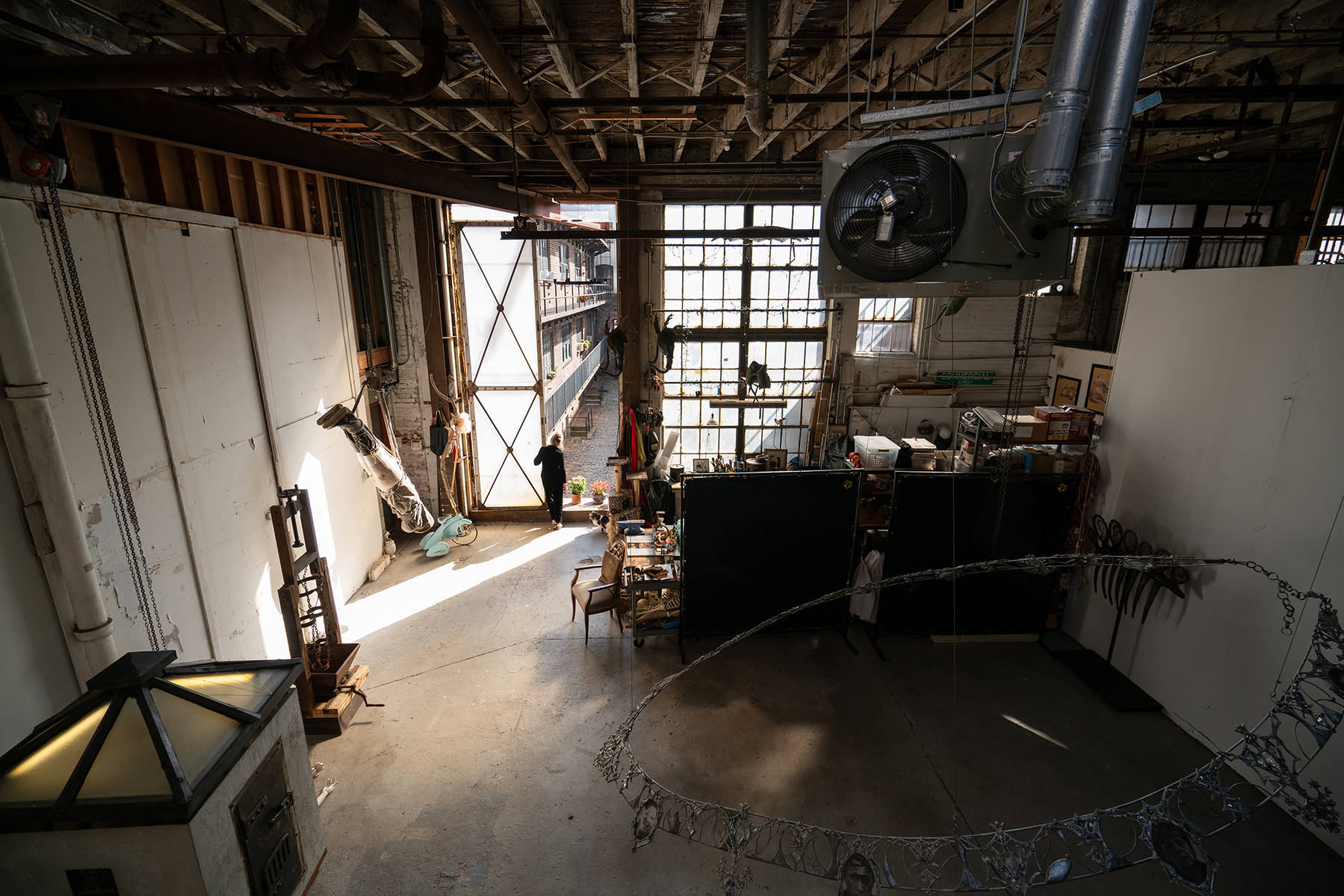
Marsha Pels, Greenpoint.




